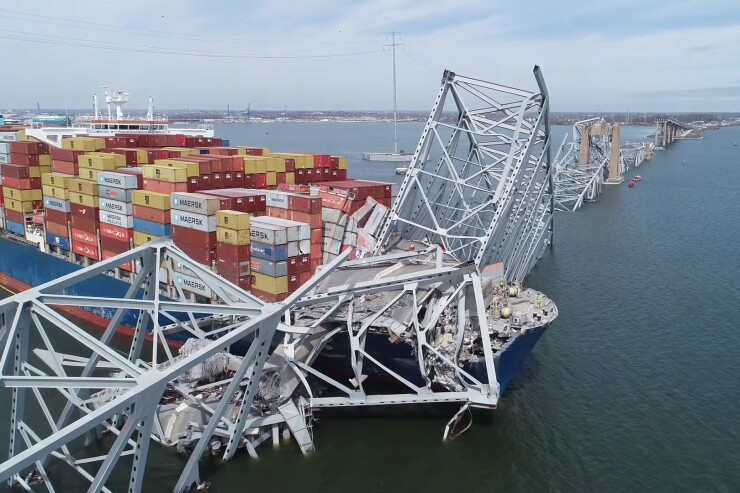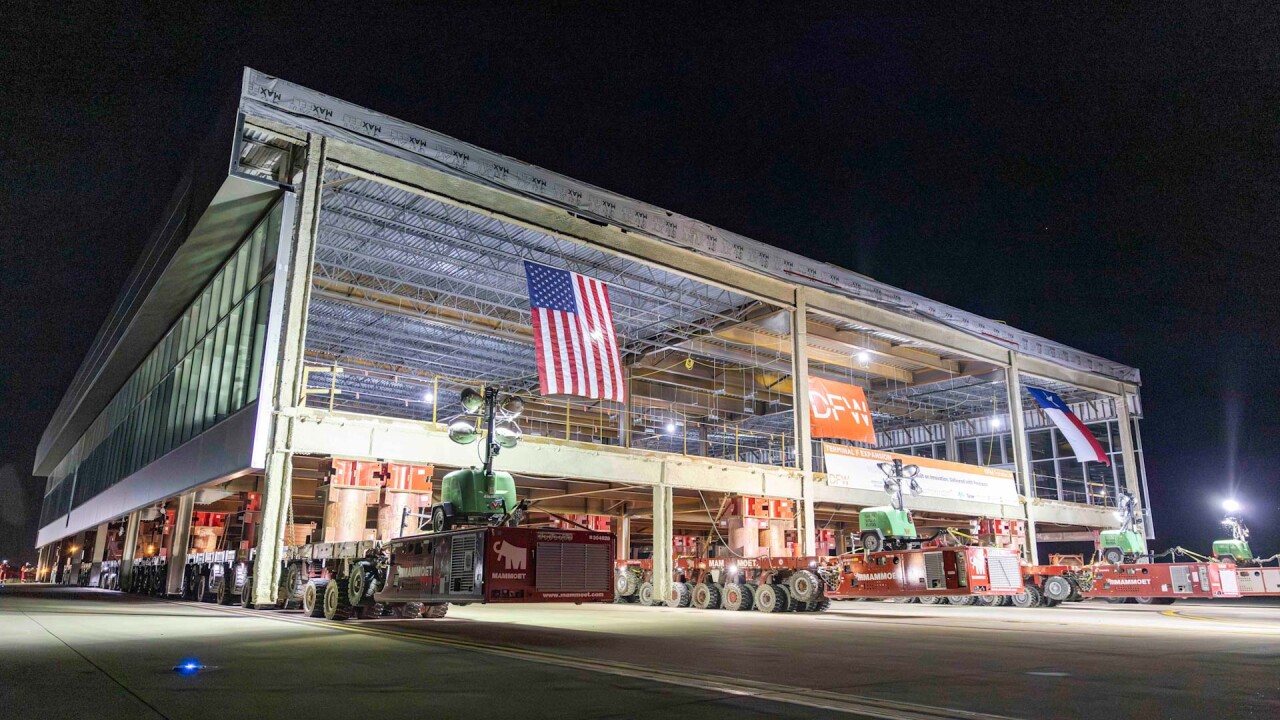
The cost and cause of the fatal collapse of the tolled Francis Scott Key bridge in Baltimore's Inner Harbor on March 26 following a strike by the container ship Dali is becoming more expensive and clearer.
"As the ship approached the intersection of the Curtis Bay channel with the Fort McHenry channel, breaker HR-1 unexpectedly opened," said Marcel Muise, an investigator with the National Transportation Safety Board.
"The ship experienced a low voltage blackout. As a result, the vessel lost steering, the ability to operate the bow thruster and most of the vessel's, lighting and equipment essential for operations."
In its hearing on Tuesday the NTSB revealed that a loose wire caused the ship to lose power and collapse the bridge. The board also conceded that the workers killed had about 90 seconds to escape had they been alerted.
The findings come on the heels of new cost estimates unveiled by the Maryland Transportation Authority that fixing the bridge will cost between "$4.3-$5.2 billion with an anticipated open-to-traffic date in late 2030."
"As design has advanced and pre-construction work progresses, it became clear that material costs for all aspects of the project have increased drastically since the preliminary estimates were prepared less than two weeks after the initial tragedy," said acting Transportation Secretary and MDTA chair Samantha J. Biddle.
"The updated cost range and schedule are directly correlated to increased material costs and to a robust pier protection system designed to protect the new Key Bridge and reduce the likelihood of a future ship strike to the bridge's foundational piers."
The bridge raised $56.8 million in toll revenues for the state of Maryland in 2023. It was financed by a 1968 $220 million revenue bond sale, and raised a ruckus in Congress about who is going to fund the repairs.
In
"Less than two weeks after the collapse, a preliminary estimate was needed to request federal emergency relief funding for immediate clean up and recovery," said MDTA Executive Director Bruce Gartner.
"Typically, a cost estimate would not be provided on a project of this size until much later in the design process."
In
The state continues to pursue the owners of Singapore-flagged vessel via lawsuits as the ship's owner, Grace Ocean Private Ltd., and operator, Synergy Marine Pte Ltd., agreed last October to pay out $103 million to federal agencies affected by the collapse.
The state of Maryland, which has already endured a





